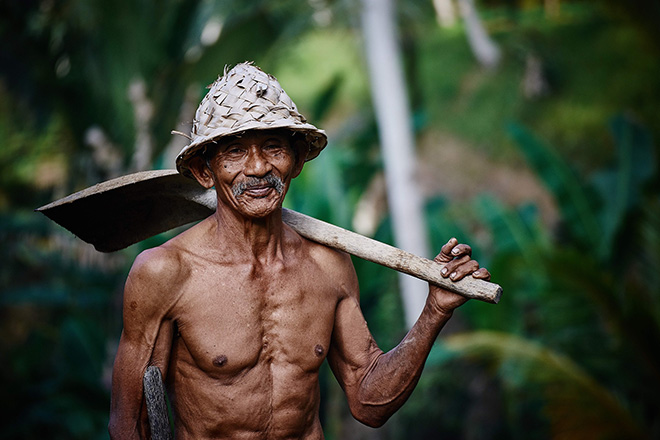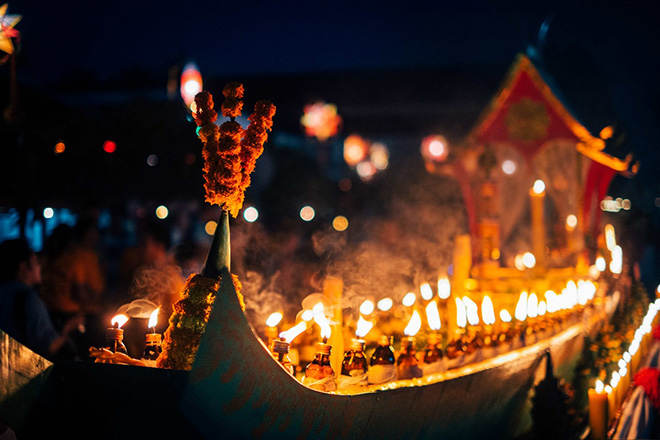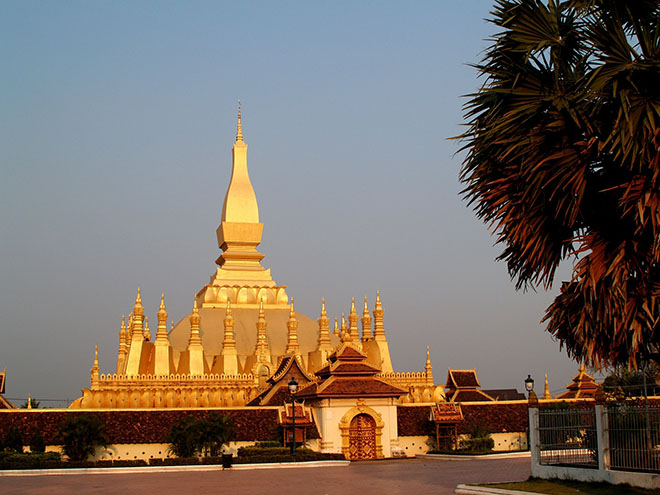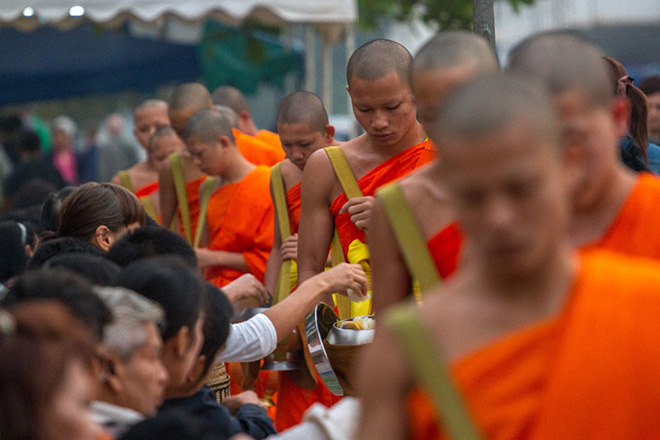Being the only landlocked nation in Southeast Asia, overshadowed by other travel hubs in neighboring countries, Laos seems to be insignificant when it comes to tourism. However, the less information it exposes, the more mysterious it appears in the eye of thrilling inquirers. As for me, this country is a place full of cultural myths waiting to be uncovered.
Let me explain why!

Laos is full of mysteries and cultural myths
A Country Of Ethnic Diversity
Despite the fact that Laos only ranks 8th out of 14th Southeast Asian nations in terms of area and population, it is among the most ethnically diverse region all over the world. There are approximately 160 ethnic groups coexisting in the land of Laos currently. This figure almost triples the number of ethnic minorities in Vietnam.
Most of the minority groups can be categorized according to their habitat distribution. Lao Loum is the people living in the lowland people, making up more than 50% of the national population. Their language has the same origin as Thai. Inhabitants of the midland are called Lao Theung, living in in the central and southern mountains. They belong to Mon-Khmer tribes. Lao Soung, residing in the highland, is the smallest in number. They possess a mixed cultural-linguistic system. In Luang Namtha Province, a region on the northernmost of Laos. it is projected that 20 ethnic minorities are living together, making this area the most ethnically diverse in Southeast Asia.
Each hill tribe has its own rituals, creeds, costumes, music, and architectural styles, so your craving for discovering cultural mysteries will be fed more than enough.
Various Religious Festivals
Apart from the heterogeneity of ethnic minorities, Laos is also a country full of spiritual festivities. With nearly 65% of the national population is following Theravada Buddhism, there is a wide range of Buddhist ceremonies within a year in Laos.
The most outstanding spectacle must be Pi Mai or Laos New Year. What I appreciate most about this festival is that although it’s called “New Year”, it doesn’t occur as the date of the Georgian calendar or Lunar calendar as in other countries.
Laos celebrates its special New Year according to Buddhism calendar, which the beginning of the year may fall on April in the normal calendar. The tradition is somewhat similar to the water festival, Songkran, in Thailand but on a much larger scale. Laotian families will clean their houses, making offerings and visiting Buddhism temples nearby to wish for a prosperous year to come.
Another religious ritual you shouldn’t miss in Laos is Boun Khao Phansa. It marks the start of what is referred to as “Buddhist Lent” period. It is a three-month period from the full moon of the eighth month till the full moon of the eleventh month of the Buddhist Calendar when the young males of the family shave their head, dressing up and live like novices (monks at the very first level) with a view to earning merit for their families and demonstrate their devotion to the Buddhist tenants. If you visit Laos at the right time, you can witness the ceremony in which hundreds of the young men gather to make prayers for other members of his family.

Such a monumental moment!
Stunning Buddhist Stupas And Temples
A journey to Laos is not only spiritual self-discovery, but it also takes you to the most impressive constructions related to Buddhism.
As a Buddhist nation, you won’t be able to get very far without coming across an intricately painted wat or temple. The most notable attraction may be Pha That Luang, meaning Great Stupa, which a three-level stupa all adorned in gold, set in the capital city of Vientiane. If you go a little further to the south, reaching Champasak Province, don’t forget to stop by Vat Phou, a UNESCO World Heritage Site. Although the site is in fragile condition, the story of 1000-year-old buildings is totally worth to hear.
Not very far from the ancient royal capital of Luang Prabang is the Pak Ou cave complex, which is renowned for hundreds of miniature Buddha sculptures The wooden mini figures with various positions like meditating, teaching, reclining… are placed on naturally carved shelves on the walls of the caves. Who had put them here? Does the layout have any significant meaning? Or simply how were these little models made? The answers are only found in Laos

Morning Rituals Of The Monks In Luang Prabang
One of the most distinctive solemnities still observed in Laos is the Morning Alms or “Sai Bat”. When you stay in Luang Prabang, you will notice that in the early morning local people will give their food and other offerings to the monks who are walking in line around the neighborhood. The tradition is such a norm that no one really finds out how and why they have been doing so. Both the local residents and the monks do “Sai Bat” as a habit. If that arouses your curiosity, go ahead and plan to visit Laos now as it is the low season and you can take much advantage.

The Unsought Myth In Plain of Jars
Last but not least, the most puzzling question, unsolved even by professional archeologists, lies in the Plain of Jars. This is a broad area locating in Xiangkhoang Plateau where there is an estimated number of more than 2,500 stone jars scattering for hundreds of kilometers. The eerie and mystic feel of this surrounding can be compared to the Stonehenge of the United Kingdom with no inferior in size. This megalithic archaeological landscape is said to date back 500 BC to AD 200, but the mysteries about the bas-relief and the purpose of the jars still involve a lot of theories and controversies.




Comments